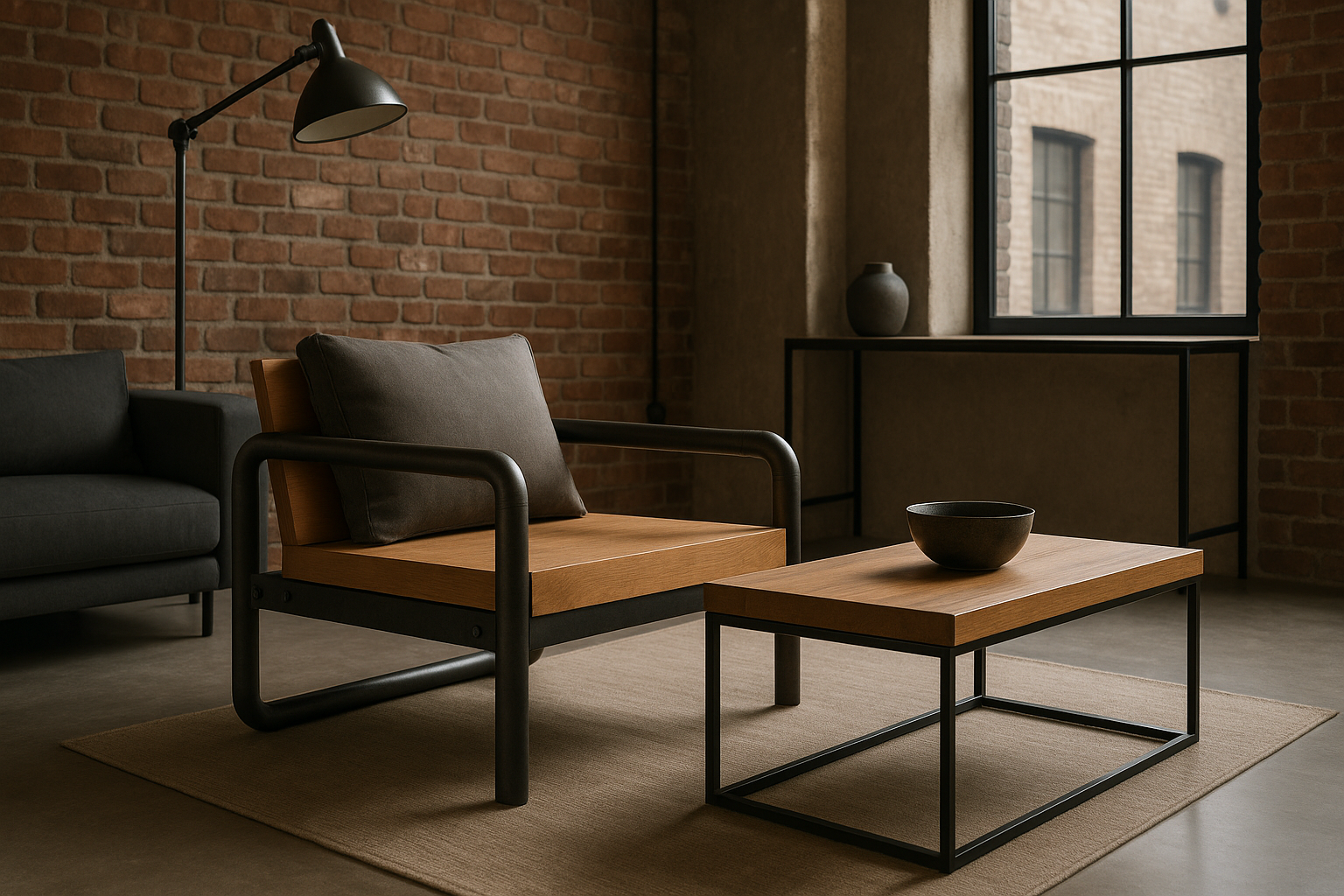"Reimagining Industrial Design for the Modern Home"
In the bustling, ever-evolving landscape of home decor, one trend has held its ground, consistently providing a raw, edgy alternative to conventional design—Industrial Chic. This style, characterized by exposed brick walls, distressed wooden elements, and metal fixtures, has been reimagined for the modern home. Let's delve into the history and contemporary applications of Industrial Design, its practicality, and the unique charm it brings to modern living spaces.

The Genesis of Industrial Design
Industrial design took root during the industrial revolution in the late 18th century, where function trumped form in architecture and interior design. The manufacturing boom resulted in surplus factory buildings, which were later repurposed into residential lofts. This gave birth to the initial concept of Industrial Chic—a blend of utilitarian design and raw aesthetics.
The Modern Spin on Industrial Design
Today, Industrial design has evolved into a style that seamlessly marries the rough-hewn with the refined. Exposed brick walls, metal fixtures, and reclaimed wood are balanced with plush furnishings and modern art pieces. It’s a style that celebrates contrast—cold steel against warm wood, rough textures juxtaposed with smooth surfaces, and the interplay of dark, moody tones with bursts of color.
Practicality and Market Trends
Industrial design is not just about aesthetics; it’s also a practical choice for modern homes. The use of durable materials like metal and wood ensures longevity, while the open floor plan characteristic of this style provides flexibility in space utilization. As per a report by Grand View Research, the global industrial furniture market is expected to reach USD 94.80 billion by 2025, indicating a growing preference for this style.
Industrial Design Enhancing Daily Living
The charm of industrial design lies in its ability to enhance daily living through its simplicity and functionality. The open plan layout offers versatile spaces that can be customized to individual needs. The blend of raw and refined elements creates a dynamic environment that stimulates creativity, making it an ideal choice for artists, writers, and creative professionals.
Conclusion
Industrial design continues to remain relevant, with designers and homeowners reimagining this classic style for the contemporary home. Its charm lies in its raw, edgy aesthetic, balanced with modern elements, creating spaces that are as functional as they are stylish. Whether you are an urban dweller looking to infuse a bit of edginess into your space or a design enthusiast seeking a unique style, industrial design offers a distinct, enduring appeal.




